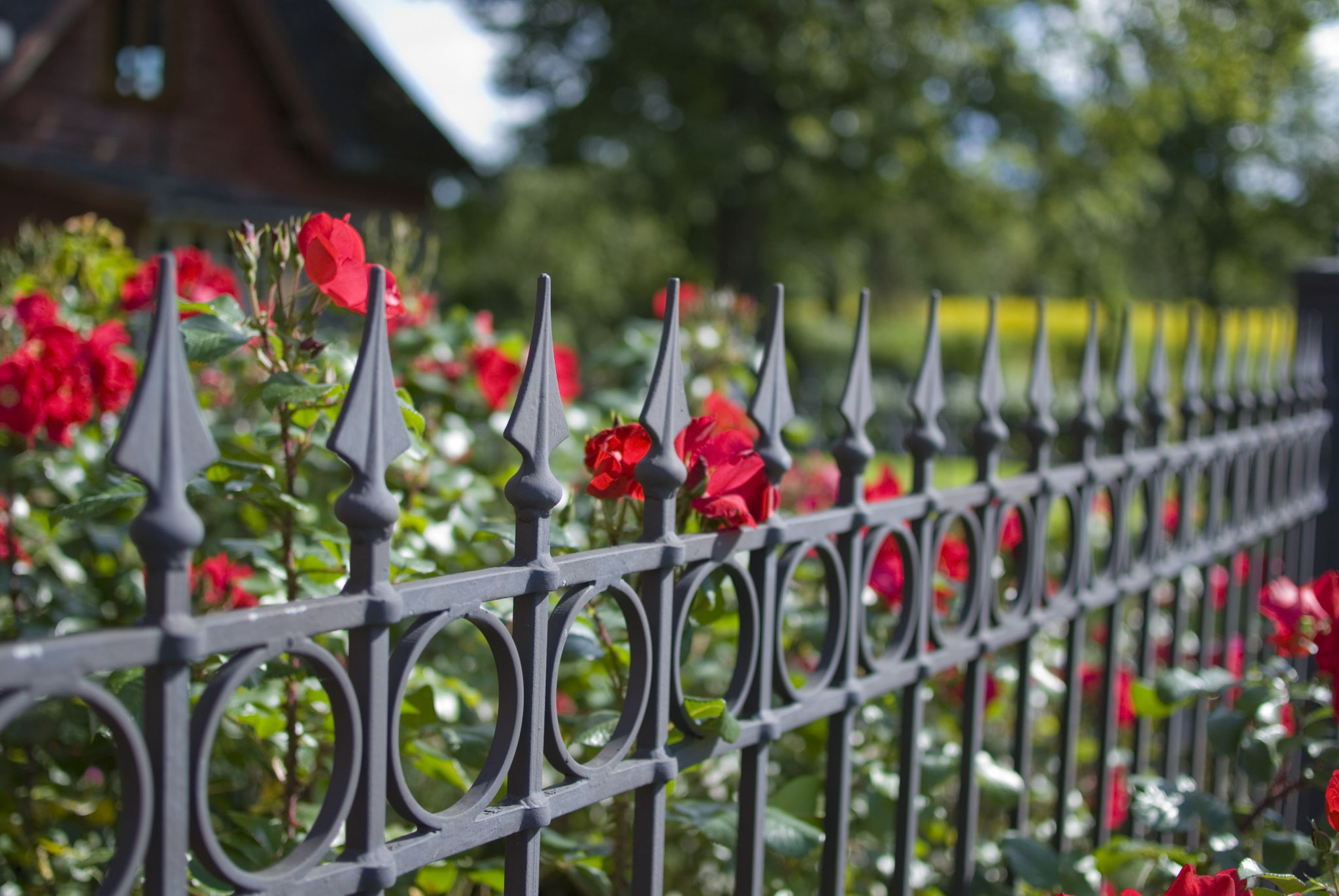Eco-Friendly Fencing Solutions: Sustainable Choices for Your Home
Understanding Eco-Friendly Fencing
In today's world, there is an increasing demand for sustainable practices in all aspects of life, including home improvement. One area where homeowners can make a significant impact is in the choice of fencing materials. Eco-friendly fencing solutions offer a sustainable and often aesthetically pleasing alternative to traditional options. These choices not only help reduce environmental impact but also add value and beauty to your property.
Eco-friendly fencing can be made from a variety of materials, including recycled, renewable, and biodegradable substances. These fences are designed to last, ensuring that they do not need frequent replacement, which can further deplete resources.

Types of Sustainable Fencing Materials
Bamboo Fencing
Bamboo is a popular choice for eco-friendly fencing because it is a rapidly renewable resource. It grows quickly without the need for pesticides or fertilizers. Bamboo fences are not only strong and durable but also provide a natural, exotic look that complements many landscaping styles.
Recycled Metal Fencing
Using recycled metal for fencing can significantly reduce the carbon footprint of your home improvement projects. Metals like aluminum and steel can be recycled multiple times without degrading their quality. Recycled metal fences are robust, require little maintenance, and offer a sleek, modern appearance.

Benefits of Choosing Eco-Friendly Fencing
Opting for sustainable fencing solutions brings numerous benefits beyond environmental conservation. Here are some key advantages:
- Durability: Eco-friendly materials like bamboo and recycled metals are known for their strength and longevity.
- Low Maintenance: Many sustainable fencing materials require minimal upkeep, saving you time and money in the long run.
- Aesthetics: Eco-friendly options often provide unique and attractive designs that enhance your property's curb appeal.
Cost-Effectiveness in the Long Run
While the initial cost of eco-friendly fencing might be higher than traditional options, it often proves to be more cost-effective over time. The durability and low maintenance requirements mean fewer replacements and repairs, reducing overall expenses.

Installation and Maintenance Tips
Installing eco-friendly fencing is similar to traditional fencing but with some considerations for the environment. For instance, when installing bamboo fencing, ensure proper treatment to prevent moisture damage. Similarly, recycled metal fences should be coated with eco-friendly paint or sealants to protect against rust.
Maintenance is generally straightforward. Regular checks for damage and cleaning with mild, biodegradable soaps will help maintain the appearance and integrity of your fence.
Conclusion
Choosing eco-friendly fencing solutions is a responsible decision that benefits both the environment and your home. By selecting sustainable materials such as bamboo or recycled metals, you contribute to resource conservation while enjoying a durable and attractive fence. These eco-conscious choices not only enhance your property's value but also reflect a commitment to a greener future.
Incorporating eco-friendly practices into home improvement projects is an excellent way to lead by example and encourage others in your community to consider sustainable alternatives. With the variety of options available today, making environmentally friendly choices has never been easier or more rewarding.